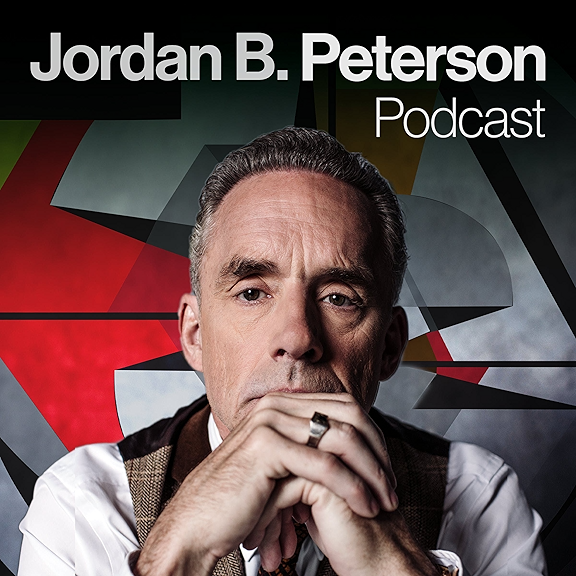
Opinion creep: How facts lost ground in the battle for our attention
Have you ever scratched your head when reading an article or watching the news and wondered if you were getting facts or opinion? If so, you’re not alone. News organizations have not made it easy for consumers to differentiate between news and the views of an individual or media outlet.
Tom Rosenstiel, professor at the University of Maryland Philip Merrill College of Journalism and co-author of The Elements of Journalism, explained why there is confusion in today’s podcast episode. “The purpose of news is to inspire conversation, to inspire people to consider public life, to consider their community. Editorials are there to further inspire public consideration. Here's what we think. We've read many stories, we've talked to our reporters, we've considered this.”
Rosenstiel also explained how the rise of 24-hour cable TV has tilted the media world off it’s “just the facts” axis, particularly after 1996, when Fox and MSNBC entered the fray. To compete with CNN, which had a larger reporting staff, they filled their time slots with talk shows that provided a slanted view of the news.
Listen and find out more.
Additional Reading:
- The New Ethics of Journalism, edited by Kelly McBride and Tom Rosenstiel
- Blur: How to know what's true in the age of information overload, by Bill Kovach and Tom Rosenstiel
- We interrupt this newscast: How to improve local news and win ratings, too, by Todd L. Dante Chinni, Walter Dean, Belt, Marion Just, Atiba Pertilla
Is that a fact? is a production of the News Literacy Project, a nonpartisan education nonprofit building a national movement to create a more news-literate America. Our host is Darragh Worland, our producer is Mike Webb, our editor is Timothy Kramer, and our theme music is by Eryn Busch.




















